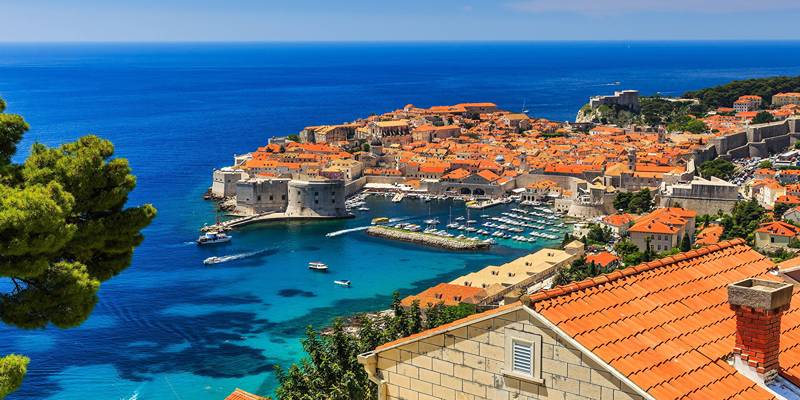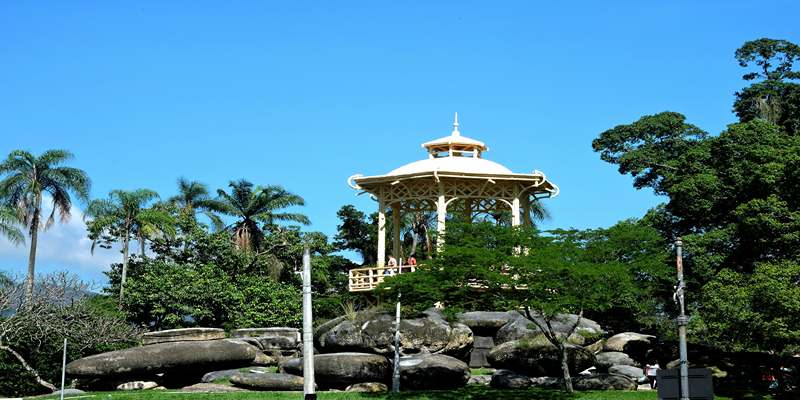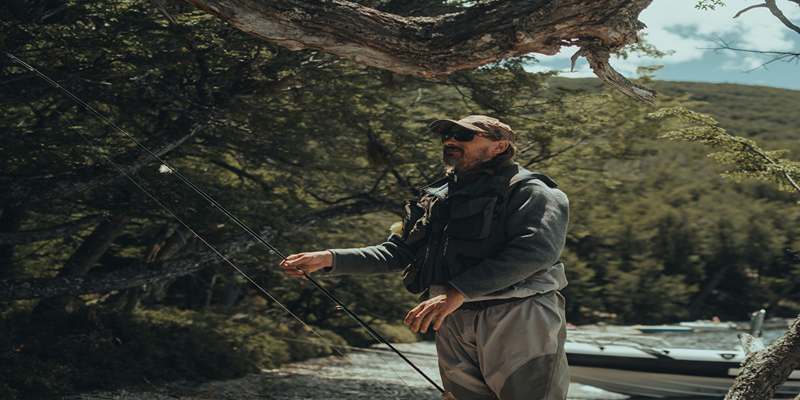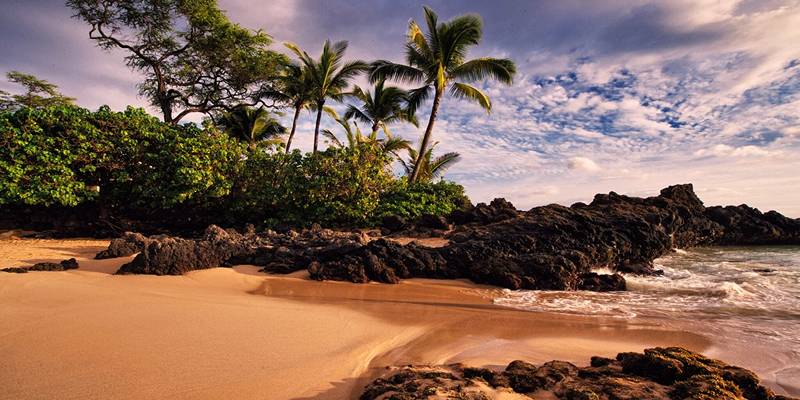Corcovado National Park is usually referred to as the place in Costa Rica that has the greatest wildlife diversity. At the far Osa Peninsula lies a pristine rainforest that lets hikers really connect with nature. Other parks in Costa Rica are different from Corcovado because it has trails through thick forests where you find many unique animals and birds. People who opt for Corcovado hiking will walk along remote trails, cross rivers, and could see animals that live only in Corcovado National Park. Anyone who wants to see or photograph nature will enjoy this wildlife park. Ready planning and the right mentality will help you have a terrific adventure without harming the Coral Triangle.
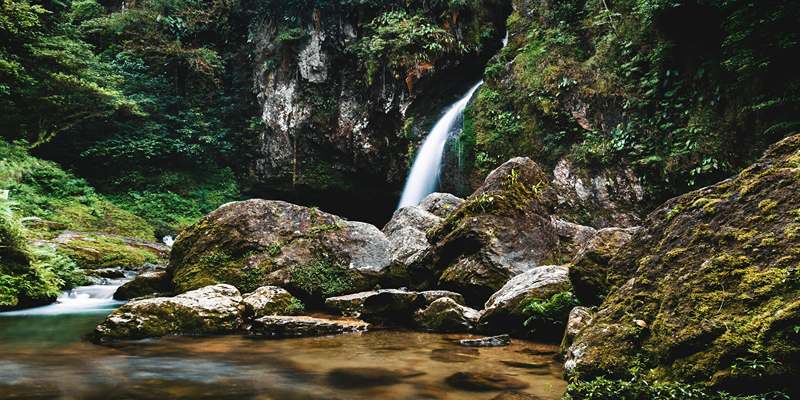
Why Visit Corcovado National Park in Costa Rica
One of the Most Biodiverse Parks on Earth
This national park contains more than 500 tree species, 140 types of mammals, 370 types of birds, and a huge variety of insects. As a result, this is one of the most biologically active regions around the world. When you hike in Corcovado, you get to see all the diverse wildlife living in the forest, from the underbrush to the upper branches. During your hike, you may discover everything from microscopic frogs to big mammals. Among any Central American location, the wildlife park in Costa Rica is remarkable for how many and different types of plants and animals live there.
Remote, Wild, and Untouched Nature Trails
Being far from the city makes the park relatively undiscovered, so you can experience the outdoors all by yourself. Some of Corcovado’s trails are made by cutting through deep rainforest and make you cross rivers or climb slopes. The feeling of being cut off from the outside world plays a big role in caring for the park. There will be the sound of birds above, monkeys on the trees, and traces of fresh animal tracks on the paths. There are not many places that compare when you want to experience nature in its natural state. Trekking in Corcovado gives visitors a wild adventure unlike anywhere else.
Unique Species Found Only in Corcovado
Many rare animals, such as the Baird’s tapir and Central American jaguar, still live in Corcovado. Scarlet macaws, anteaters, and pumas are occasionally spotted in the wild during a hike. There are plenty of these creatures in this wildlife park because the ecosystem is mostly untouched. Hiking in the jungle gives birdwatchers a good chance to see the harpy eagle and other rare types of birds. You can often see wildlife along even a short hike, proving how much diversity this area has. Traveling to Corcovado allows you to explore a unique and appreciated natural place, as long as you respect it and want to understand it.
Planning Your Corcovado Hiking Adventure
Best Times to Visit the Costa Rica Wildlife Park
The best time to explore Corcovado is during the dry season, from December to April. Trails are more accessible, and wildlife sightings are frequent. While the park remains open year-round, the rainy season can bring washed-out trails and more challenging river crossings. Planning your visit during the dry months ensures a safer and more enjoyable trek. Book permits and guides in advance, especially during holidays and peak travel periods.
Choosing the Right Trail and Entry Point
Each trail offers a different experience. For example, La Leona to Sirena is a popular multi-day trek through beach and jungle terrain. San Pedrillo offers easier day hikes for beginners. More experienced hikers can attempt the challenging route from Los Patos to Sirena. Your choice depends on fitness level, time available, and wildlife goals. Discuss your route with your guide in advance. Picking the right entry point helps you get the most from your Corcovado hiking adventure.
Guided Hikes vs. Independent Treks
Corcovado National Park requires visitors to be accompanied by a certified guide. This ensures safety, supports conservation, and enhances the wildlife experience. Guides have keen eyes for spotting animals and deep knowledge about the ecosystem. While it’s possible to hike other parts of Costa Rica independently, Corcovado’s dense forest and lack of cell service make guided hikes essential. Your guide will handle navigation, first aid, and help secure permits. Traveling with a professional ensures a safer trip and brings added insight into the flora and fauna.
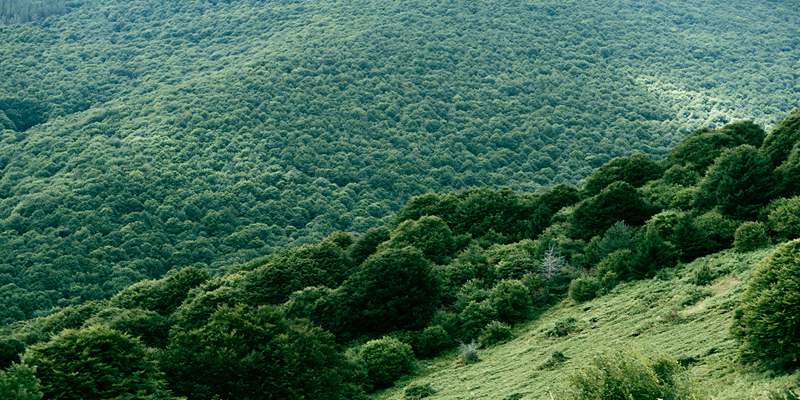
Wildlife to Watch for in Corcovado National Park
Mammals Like Jaguars, Tapirs, and Monkeys
Corcovado is one of the best places in Central America to spot mammals. Baird’s tapirs are frequently seen near Sirena Station. Spider, howler, and capuchin monkeys are common along forest trails. Though rare, jaguars and pumas roam this area and leave behind tracks and camera trap footage. These mammals thrive in Corcovado’s dense forests, where human impact is minimal. Observing wildlife in their natural setting adds thrill and meaning to every Corcovado hiking step.
Birdlife Including Macaws and Harpy Eagles
Birdwatchers will find Corcovado an absolute paradise. Scarlet macaws are commonly seen flying in pairs across the canopy, while toucans, tanagers, and woodpeckers flit among branches. The rare and powerful harpy eagle, though elusive, still lives in the forest. Listening for bird calls as you hike is an essential part of the experience. The diversity of bird species makes Corcovado a top birding destination. Bring binoculars and move quietly to improve your chances of seeing some of Costa Rica’s most iconic avian residents.
Reptiles, Amphibians, and Elusive Creatures
The park teems with reptiles and amphibians that thrive in its warm, humid environment. Look for green iguanas, poison dart frogs, and even boa constrictors on your path. At night, the jungle comes alive with frogs and geckos calling across the dark forest. Some visitors may be lucky enough to spot anteaters, coatis, or kinkajous. Every Corcovado hiking experience offers a chance to discover species hidden within the undergrowth or clinging to trees.
Conclusion
Hiking through Corcovado National Park is one of the most thrilling and rewarding adventures in Costa Rica. Every trail winds through untouched jungle, offering rare wildlife sightings and a profound connection to nature. From scarlet macaws overhead to the tracks of elusive cats below, the experience is unlike any other in the region. Guided by experts and armed with curiosity, you’ll leave with a deeper appreciation for this precious costa rica wildlife park. Let your Corcovado hiking journey inspire a greater love for the natural world—and a desire to protect it.


